By Timothy D. Sisk and Subindra Bogati for Denver Dialogues

In the aftermath of the Boxing Day Tsunami on December 26, 2004–a natural disaster that claimed some 240,000 lives across 14 countries–international relief efforts in South and Southeast Asia yielded a poignant peace and security lesson: international involvement and recovery aid can either contribute to peace, or it can create conditions that worsen conflict, and potentially lead to the recurrence of civil war. In hardest-hit Aceh province in Indonesia, the post-disaster context was artfully navigated by Nobel Peace Prize Laureate Martti Ahtisaari in a manner that served the cause of peace or at least did not complicate efforts to reach a comprehensive settlement to the conflict; international relief and recovery assistance, on the other hand, arguably contributed to the collapse of the Norwegian-led peace process in war-torn Sri Lanka, leading (directly or indirectly) to a renewal of the civil war. [1]
Fast forward to 2015 and the massive April 25th magnitude 7.8 earthquake in Nepal that has devastated a country still emerging from civil war and that continues to face deep drivers of conflict in poverty, inequality, and ethnic differences. Nepal’s civil war, which unfolded from 1996 to 2006, claimed some 15,000 lives and led to more than 100,000 displaced persons; the war was fueled by grievances driven by deep socio-economic inequalities, neglect of rural areas, and deep-seated ethnic and caste divisions. The war ended with a comprehensive peace agreement in 2006, and since then Nepali political elites have struggled to reach consensus on a new constitution that would be the capstone to a protracted, and unfinished, peace process.
From the rubble of the April 25 earthquake and subsequent aftershocks in still-suffering Nepal, how can international aid for recovery be best designed and distributed to advance the cause of peacebuilding in ways that do not exacerbate conflict conditions? Subindra Bogati, chief executive of the Nepal Peacebuilding Initiative and a specialist on international development assistance and peacebuilding in the Himalayan country, offered his thoughts on how the shared tragedy and feelings of mutual solidarity that have emerged in the immediate aftermath of the earthquake can be harnessed for peacebuilding purposes.
SISK: Subindra, what’s the current context in the wake of the April 25 quake, and how has weak government capacity affected the relief effort so far?
More than 8,000 people died in the disaster and subsequent aftershocks. Additionally, 18,000 people have been injured, 750,000 houses left ruined, and about a million people have been made homeless. Critical infrastructure has been devastated: 15,003 classrooms of 5,800 public schools in 44 districts have been destroyed or rendered unsafe. Thousands of people are still sleeping out in the open, with no or little access to sanitation or clean water.
In the 14 worst-hit districts many affected villages are, even now, yet to receive basic supplies. The remoteness of settlements in the hills and mountains has made reaching them with vital services extremely complex and expensive. In most isolated areas only helicopters are effective in aid distribution, and these are few in number in Nepal.
Things are further complicated by poor weather conditions and landslides that block access. The absence of locally elected bodies and representatives has impinged upon the government’s capacity to respond to the needs of its country, meaning that many victims and communities are yet to receive any government aid and some bodies are still waiting to be identified. The monsoon season, just weeks away, is likely to trigger massive landslides, adding logistical challenge to relief efforts.
According to the UN OCHA assessment, shelter remains the top priority for the more than 2.8 million people. Tarps and tents will not be able to withstand the monsoon torrential downpours. To avoid a fresh wave of misery to millions, the government and other agencies must act fast to provide solid structures for shelter for the displaced masses. This will only be possible with strong leadership and efficient, well-informed coordination.
Years of political instability has left the Nepali economy in the doldrums, and the Nepali state has an extremely limited capacity to fund this kind of disaster relief and long-term reconstruction efforts. The government of Nepal estimates that relief and recovery will cost USD 2 billion and USD 10 billion for reconstruction works…much of it coming from international aid.
Sadly, the earthquake has inflicted colossal damage, and will surely instigate a step back in Nepal’s costly development plan, that sought to push Nepal’s economic status from a ‘Least Developed Country’ to a ‘Developing Country’ by 2022. In just 30 seconds on a sunny Saturday in April, these aspirations of development and prosperity seem to have been shattered, and the devastation continues to wreak havoc as the weeks go by.
SISK: One of the key issues in Aceh and Sri Lanka, as in other post-disaster contexts, are tussles over what constitutes “national ownership” of the recovery effort in coordination with international donors. What’s happening in Nepal on this critical issue?
Initially over 4,000 military personnel from 18 countries joined with the Nepali government and its security forces assisting in search-and-rescue missions and other humanitarian efforts. Though thousands of people are still living in tents and are reliant on emergency food assistance, the government of Nepal now contends that the country has turned the corner to the rehabilitation and reconstruction phase.
The government set up a Prime Minister’s Disaster Relief Fund for relief to affected populations and for the reconstruction of physical infrastructure damaged by the earthquake…especially housing and critical economic infrastructures to revive the critical tourism sector. Similarly, the United Nations appealed for $400 million to provide emergency food, shelter and medical treatment to the millions of people injured or displaced by the earthquake.
In terms of “national ownership,” the government argues that “Nepal is not Haiti” and that, unlike its Caribbean counterpart, Nepal will be able to recover without the “interference” of international agencies, assuming it has the appropriate resources. This assertion sparked an ongoing row between the government and the international community which perhaps fears corruption and politicization of aid.
The government has decreed that donor agencies will need to strictly follow a “one-window” policy to fund the rebuilding efforts. This means that either donors must channel their aid directly to the Prime Minister’s Relief Fund, or they have to follow the government’s guidelines on fund management. The government believes that a one window approach avoids duplication and ensures accountability, for both donors and the government. This logic is based on the tenuous assumption that the government upholds the principle of accountability.
SISK: What’s the popular mood, from your vantage point, on the key issue of whether and how outside aid could be politicized, which was one of the most contentious aspects of international recovery aid in Sri Lanka and which some argue enabled the restart of the civil war there?
Media reports claim that international relief aid flooded into the country after the earthquake raised the hopes of quake survivors that assistance would reach them quickly. However, the government failed to meet their expectations, causing frustration and anger as they were left waiting in desperate need of temporary shelters against the rain and cold. Notably, most of the donors have not donated to the Prime Minister’s Relief Fund, but via alternate means. It was widely suspected by Nepalis and outsiders alike that the Prime Minister’s Relief Fund could be allocated on the basis of political considerations (e.g., channeling of aid to communities or local organizations that support back the Nepali Congress-led coalition government) rather than humanitarian need. So, international donors argue that the Nepali government is beset by political strife and has a poor record of aid distribution.
Development assistance, currently worth over one billion USD a year, already accounts for about a quarter of the government budget. Nepal has been receiving foreign aid for over 60 years. In recent years, the relations between the Nepali government and the international donors have not been rosy. International donors have long been complaining about corruption and inefficiency in the government mechanism and its ability to deliver services in an inclusive, transparent and conflict-sensitive way. The government, meanwhile, wants to see transparency in foreign aid mobilization and plans to limit the investment of international donors in social sectors. In some cases, international efforts to empower Nepal’s disadvantaged minorities in efforts to promote “social cohesion” and human rights have led some to allege that international aid exacerbated local conflict conditions, especially in the Terai region and in rural areas that have seen identity-related conflicts.
SISK: Going forward, what are the key issues in determining whether and how aid can be delivered and distributed in a manner that furthers peacebuilding in Nepal?
This disaster has further exacerbated the already dismal political and economic situation. Since the Comprehensive Peace Agreement in 2006, Nepal has seen seven prime ministers. In the same time period, the United States has had two presidents, the United Kingdom has had three prime ministers and even politically volatile Bangladesh has had only five. Simmering tensions between political parties and internal factions have led to the formation and swift collapse of coalition governments, while protests and strikes regularly paralyze the country.
The Constituent Assembly, first elected in 2008 and newly elected in 2013, has failed to stabilize the political situation despite having a mandate for change in the last elections. Elections of local bodies have not been held since 2002. So the most important first step is to hold these elections as early as possible so that the first-order task of rebuilding villages and towns can proceed under accountable, elected representatives rather than the permeable “all-party mechanisms” body that has a notorious reputation for corruption and was dissolved in 2012.
Second, despite their differences, the Nepali people have shown that they have a common identity and they are able to come together when the need arises. While the government faces criticism for its inefficiency in carrying out relief operations, the general public, particularly Nepal’s younger generations, have been praised for taking matters in their own hands and fanning out across the country to help the quake-affected survivors.
Third, a decade now of indecision, deeply divided internal factions, and cataclysmic instability has undermined efforts to finalize a new constitution agreeable to all political parties. Nepal is in the final lap of its own peace process. Thus, the recent devastation can be translated into opportunity to move beyond the deep political divisions that have obstructed the constitution in the past and, ironically, the disaster may prove to be a stimulus for the compromises needed to reach a truly comprehensive and inclusive “political settlement” to the conflict. This is also a needed step for effective “statebuilding” in Nepal and for meaningful reform in public administration to enhance state capacity.
To support relief efforts, interested PVGlance readers can donate to UNICEF, the Nepal Peacebuilding Initiative, or any other number of potential agencies on this useful list compiled by the Guardian.
Subindra Bogati is Chief Executive of the Nepal Peacebuilding Initiative.
[1] Alexandra Erogova and Cullen S. Hendrix, “Can Natural Disasters Precipitate Peace?” Robert S. Strauss Center for International Security and Law, University of Texas-Austin, Climate Change and African Political Stability Research Report No. 24, August 2014. Available at: http://reliefweb.int/sites/reliefweb.int/files/resources/researchbrief22-ccaps_f-for%20web1.pdf. See also Michael Renner and Zoë Chafe, “Beyond Disasters: Creating Opportunities for Peace,” Worldwatch Institute, Worldwatch Report June 2007, available at: http://www.worldwatch.org/node/5111.
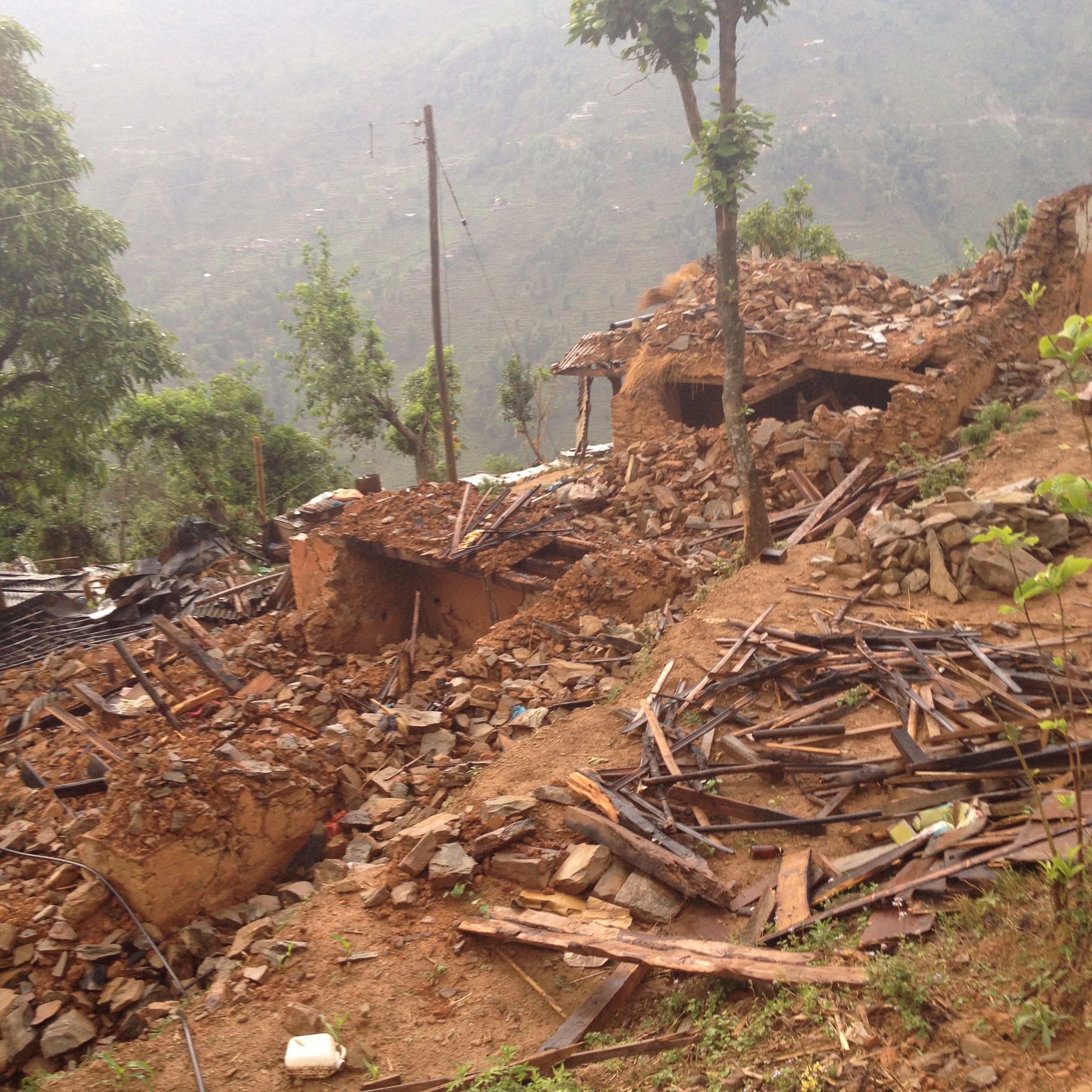
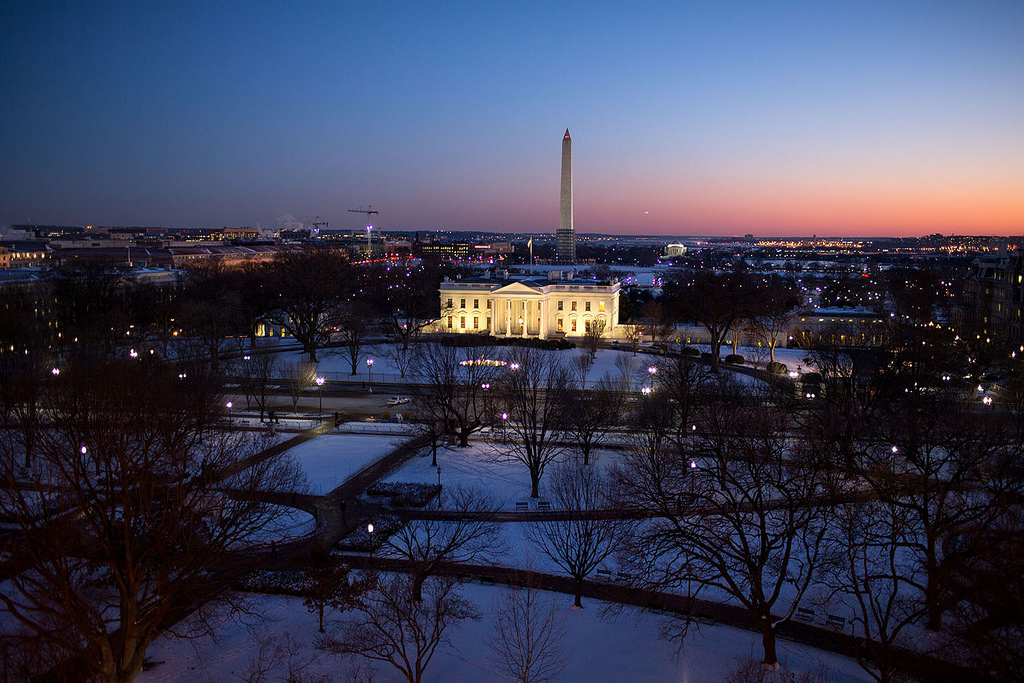
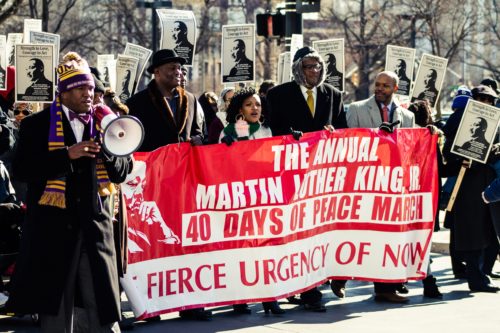
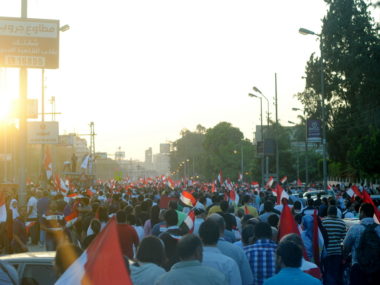

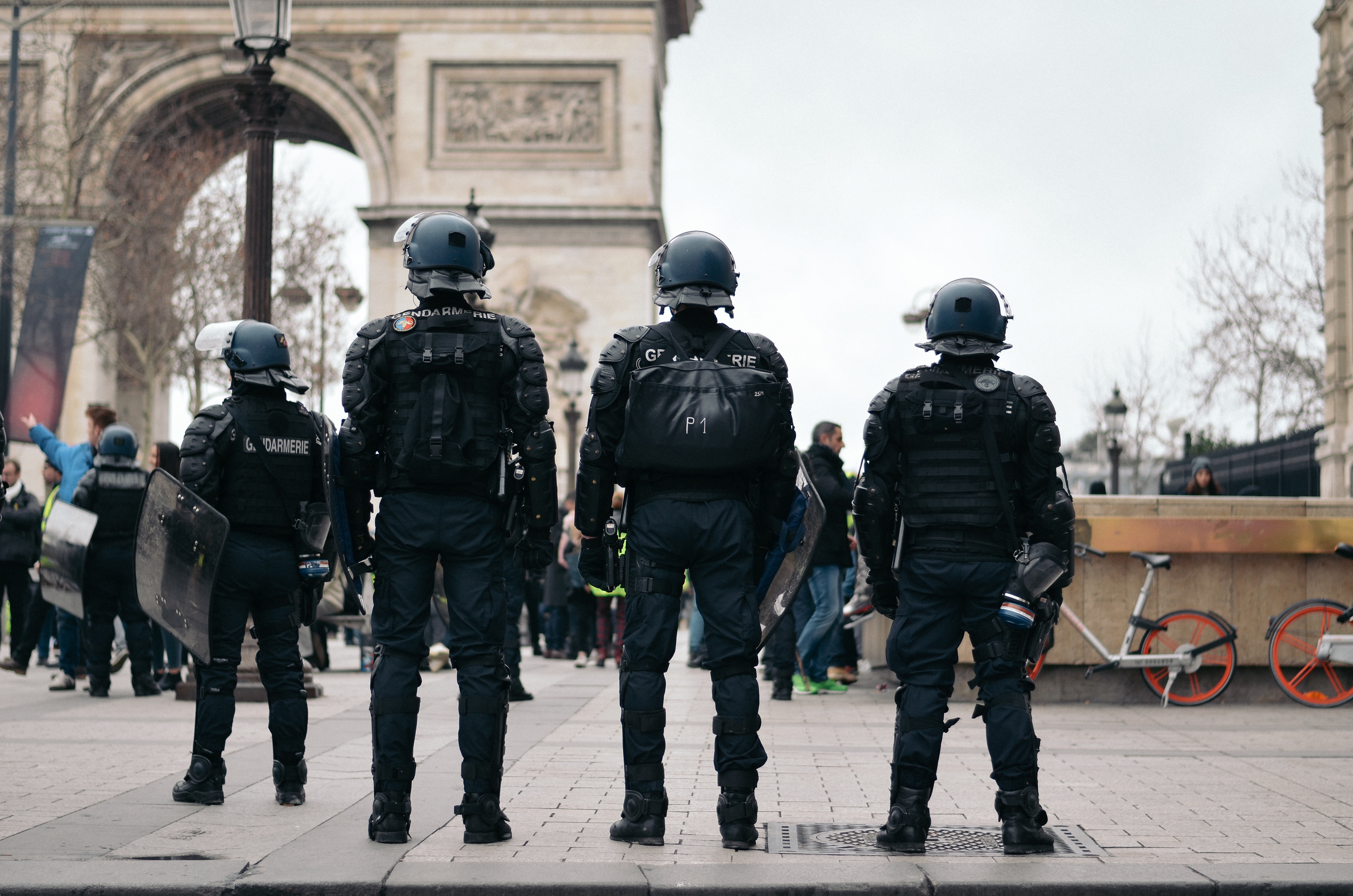
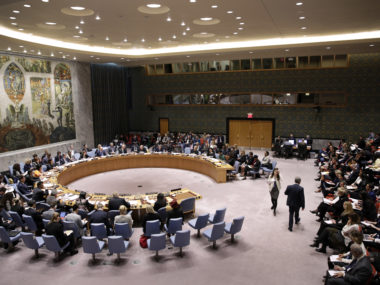
4 comments
Reblogged this on TheBullyPulpit.
At the same time, the newspaper business’s woes have
left many gaps in native news and knowledge, and
there are alternatives for entrepreneurs.